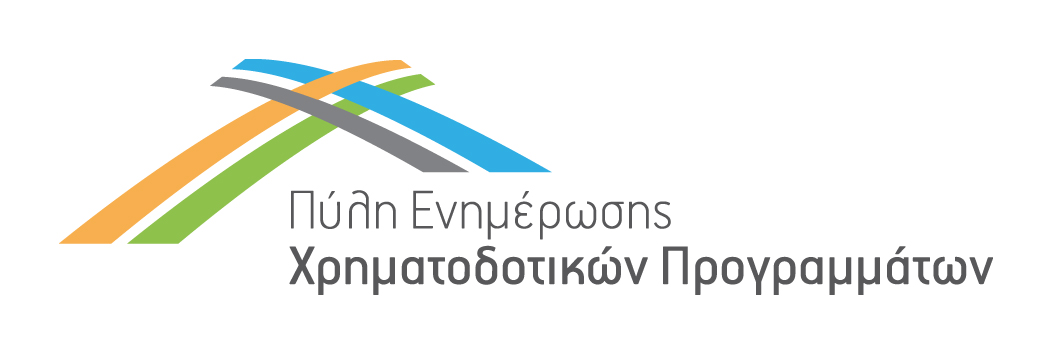Programme Category
Programme Name
Programme Description
The Clean Aviation Joint Undertaking (CAJU) is a successful public-private partnership between the European Commission and the European aeronautics industry that is on the way to achieving its environmental performance targets.
The Clean Aviation JU will develop disruptive new aircraft technologies to support the European Green Deal, and climate neutrality by 2050. These technologies will deliver net greenhouse gas (GHG) reductions of no less than 30%, compared to 2020 state-of-the-art. The technological and industrial readiness will allow the deployment of new aircraft incorporating these technologies no later than 2035, enabling 75% of the world’s civil aviation fleet to be replaced by 2050. The aircraft developed will enable net CO2 reductions of up to 90% when combined with the effect of sustainable ‘drop-in’ fuels, or zero CO2 emissions in flight when using hydrogen as energy source.
Clean Aviation’s aeronautics-related research and innovation activities, focusing on breakthrough technology initiatives, will contribute to the global sustainable competitiveness of the European aviation industry. European aviation research and innovation capacity will be strengthened through the partnership, enabling new and ambitious global standards to be set.
Identifier Code
Call
Summary
This topic is intended to deliver an ultra-efficient unducted engine architecture installed on aircraft expected to meet, by project completion, an unducted propulsion system architecture at TRL6, to be flight tested in real operating conditions as a validation for the propulsion architecture.
The overall scope of the topic stems from the aim of validating an SMR unducted engine architecture demonstrator in flight test at TRL6 to demonstrate the expected CO2 emissions reduction at aircraft level. The engine activities include the whole propulsion system, for example, including the multifunctional cowls
Detailed Call Description
The SMR aircraft concept proposed in Clean Aviation is expected to be a tube and wing configuration, with a 2035 EIS target. Such an aircraft concept should have a capacity of around 200-250 pax with a design range up to 3000NM, operated on a typical mission of 800NM at cruise speed Ma 0.78.
Disruptive technologies related to the airframe will have to be integrated with ultra-efficient propulsion systems, together with multi dimensional trade-offs, including sustainability and circularity.
The resulting ultra-efficient SMR targets a 30% CO2 emission reduction from technology, not taking into consideration the SAF net-effect, on a typical mission.
With the aim to define the route to exploitation, operational assessment should be done to support the successful deployment and continuous operation of future SMR aircraft, including ground operations, repairability and maintainability.
Performance Targets: A set of top-level goals will be the basis for performance targets, in particular:
- No less than a 20% reduction in CO2 emissions at the aircraft level vs 2020 state of the art, after overall propulsion system integration, not considering any aerodynamic and weight savings from other components.
- Engine/installed performance compliant with the aircraft performance target of 30% emissions reduction (possibly expressed in terms of overall emissions per passenger kilometre).
- Evaluation, monitoring and reporting of key parameters needed to assess non-CO2 effects (including NOx, water vapour and non-volatile Particulate Matter emissions), to ensure compliance with foreseen regulations and standards for a 2035 EIS.
- Noise emissions levels fully compliant with current applicable ICAO noise standard (chapter 14 noise limits), with adequate certification cumulative noise level margins, while considering foreseen updates to the noise standard in view of a 2035 EIS.
- Targets must be compatible with safety as an overarching requirement and consistent with the certification path, including the route to CRL6 objective (refer to the Description of the call topic and topic specific conditions).
- The propulsive system and components will have to comply with requirements issued by the aircraft integrator at the start of the project (volume, weight, drag, performances, interfaces) and provisions will be included to mitigate risks associated to such requirements.
- Flight Test Instrumentation systems should demonstrate equal or higher precision than current state of the art references, data reliability and robustness in operating conditions, in compliance with industry standards such as DO-160 and DO-178.
Financing percentage by EU or other bodies / Level of Subsidy or Loan
70%
Special eligibility condition – maximum EU contribution per topic: The maximum EU contribution for the topic is €100 million.
The Clean Aviation Joint Undertaking may award up to 1 project with funding depending on the outcome of the evaluation and the complementarity of the proposed actions.
Special eligibility condition – maximum EU contribution per project: The maximum EU contribution per project funded under this topic is €100 million.
Proposals requesting an EU contribution above the maximum amount specified above will be declared non-eligible and will not be evaluated.
Thematic Categories
- Energy
- Environment and Climate Change
- Other Thematic Category
- Research, Technological Development and Innovation
- Transport
Eligibility for Participation
- Other Beneficiaries
- Researchers/Research Centers/Institutions
Call Opening Date
Call Closing Date
EU Contact Point
Mailbox for Submitting Questions: Clean Aviation Call Questions




